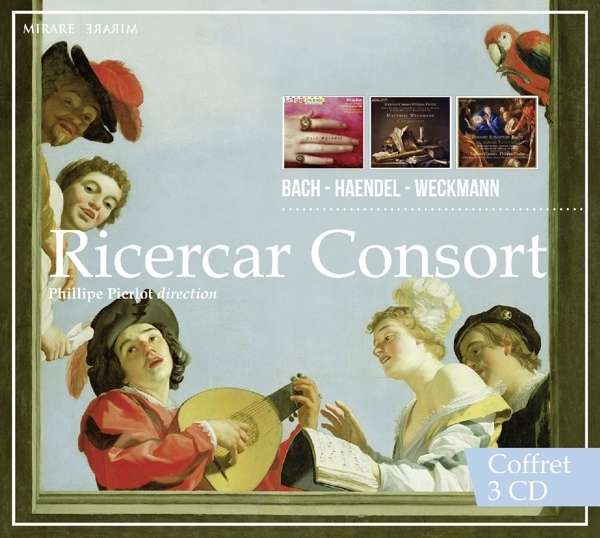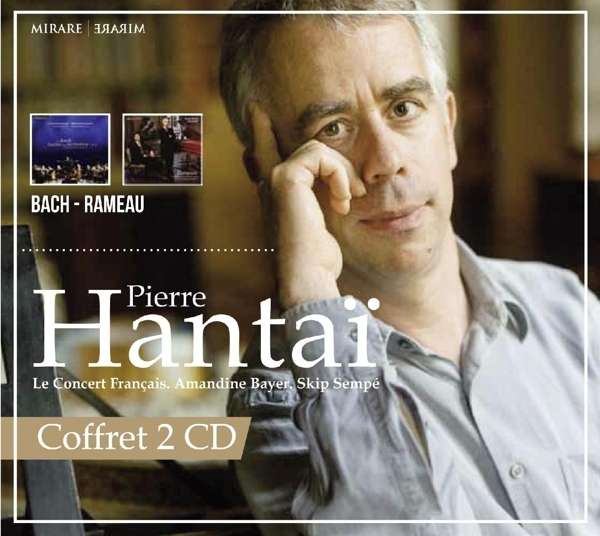Robert Quinney
61:31
Coro COR16132
BWV541, 542, 547, 590, 659-661 & 769a
[dropcap]F[/dropcap]or this third CD in the CORO series, Robert Quinney again chooses the 1976 Metzler organ in the chapel of Trinity College Cambridge to play a programme that fits the Advent to Christmas period: the G minor Fantasia and Fugue BWV 542, three preludes on Nun komm, der Heiden Heiland BWV 659-661, the Pastorella in F BWV 590, the Prelude and Fugue in C BWV 547, the Canonic variations on Vom Himmel hoch BWV 769 and the Prelude and Fugue in G BWV 541.
Quinney’s elegant and supple phrasing and his neat finger-work are everywhere apparent, but perhaps best displayed in the C major 9/8 prelude, where the registration is clear and clean, and would show up the slightest infelicity. The fugue begins with a similar though more forceful registration, but builds continually till the pedal entry. This is as good as it gets, and the playing has that effortless feel about it which is combined with highly suitable instrument and very skilled recording technique to produce a most satisfying CD. The clarity and fluency of the Canonic variations on Vom Himmel hoch – not at all an easy piece to think through and present, let alone play – are registered wonderfully; but while we are given the specification of Trinity’s Metzler, I still wish that even a modest booklet of 15 pages could find room for the details of the registration that Quinney uses. This is the best performance of BWV 769 on CD that I know.
A bonus is that Quinney writes engagingly and perceptively about the music he presents, and is able to conjure up verbally the complexity and delight he finds in these masterpieces: the recording was only made this September, and its quick production and release show what can be done when a Christmas market beckons! I think his developing series for Coro is unbeatable – buy them, if you buy no other Bach organ performances. The combination of the player, the instruments he uses and the recording technique is unbeatable.
David Stancliffe
[iframe style=”width:120px;height:240px;” marginwidth=”0″ marginheight=”0″ scrolling=”no” frameborder=”0″ src=”//ws-eu.amazon-adsystem.com/widgets/q?ServiceVersion=20070822&OneJS=1&Operation=GetAdHtml&MarketPlace=GB&source=ss&ref=ss_til&ad_type=product_link&tracking_id=infocentral-21&marketplace=amazon®ion=GB&placement=B015A6WBQ4&asins=B015A6WBQ4&linkId=&show_border=true&link_opens_in_new_window=true”]
[iframe src=”http://www.jpc-partner.de/link.php?partner=ngr&artnum=8370648&bg=ffffff&tc=000000&lc=e5671d&s=120&t=1&i=1&b=1″ width=”120″ height=”214″ scrolling=”no” frameborder=”0″]
[iframe style=”width:120px;height:240px;” marginwidth=”0″ marginheight=”0″ scrolling=”no” frameborder=”0″ src=”//ws-na.amazon-adsystem.com/widgets/q?ServiceVersion=20070822&OneJS=1&Operation=GetAdHtml&MarketPlace=US&source=ss&ref=ss_til&ad_type=product_link&tracking_id=earlymusicrev-20&marketplace=amazon®ion=US&placement=B015A6WBQ4&asins=B015A6WBQ4&linkId=2IG4ZLGLYBABDQU6&show_border=true&link_opens_in_new_window=true”]






